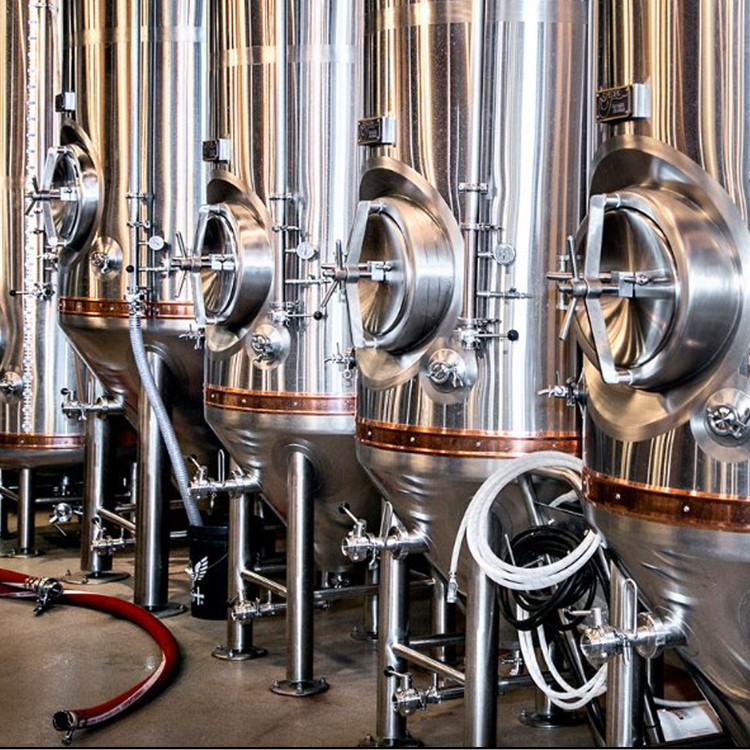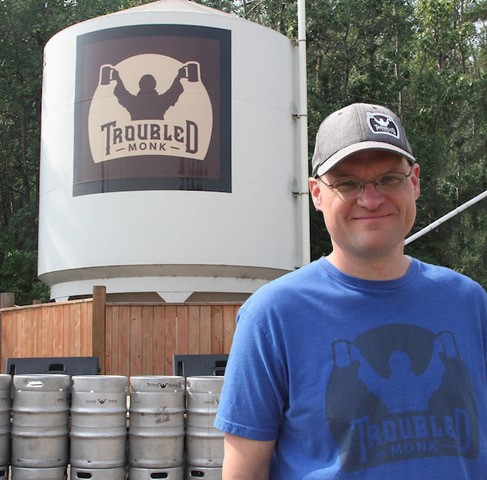In the world of brewing, the process of turning raw ingredients into a delicious brew is an intricate dance of science and art. At the heart of this process are two essential pieces of equipment: fermenters and bright tanks. These vessels play distinct but equally crucial roles in the production of high-quality beer.
Fermenters: Where Yeast Works its Magic
Fermenters are the workhorses of the brewery, where the alchemy of fermentation occurs.
Primary Fermentation: The main purpose of fermenters is to facilitate primary fermentation. After the wort is created in the brewhouse, it is transferred to fermenters, where yeast is added. During this phase, yeast consumes the sugars in the wort and produces alcohol and carbon dioxide, along with a myriad of flavour and aroma compounds that give the beer its distinctive characteristics.
Temperature Control: Temperature control in fermenters is crucial. Different yeast strains have specific temperature ranges at which they perform optimally. The fermenter’s temperature is carefully monitored and controlled to ensure the yeast produces the desired flavours and aromas while minimizing off-flavours.
Fermentation Vessel Variety: Fermenters come in various shapes and sizes, including cylindrical-conical tanks (CCTs), open fermenters, and more. The choice of fermenter type depends on factors like the beer style, batch size, and the brewer’s preference.
Most fermenters are equipped with a cone-shaped bottom, allowing brewers to collect and reuse yeast for subsequent batches. This can be a cost-effective and sustainable practice.
Bright Tanks: Polishing the Final Product
Bright tanks, often referred to as conditioning tanks or serving tanks, come into play after primary fermentation is complete.
Clarification and Maturation: Bright tanks serve as the final stop before beer is packaged for distribution. They provide a space for beer to clarify, as any remaining solids and yeast settle out. This maturation period can enhance the beer’s flavour and aroma profile.
Carbonation: Bright tanks are where carbonation is typically added to the beer. Brewers can achieve the desired level of carbonation by introducing carbon dioxide into the tank, which dissolves into the beer under controlled pressure.
Packaging Preparation: Once the beer has matured and reached the desired clarity and carbonation levels, it is ready for packaging. Bright tanks are often used as a staging area for kegging, bottling, or canning.
Quality Control: Bright tanks allow brewers to sample the beer before packaging, ensuring that it meets the desired flavour and quality standards. Any necessary adjustments can be made at this stage to achieve consistency.
In the world of commercial brewing, fermenters and bright tanks are the unsung heroes that contribute to the creation of exceptional beer. Fermenters kickstart the transformation of wort into beer through fermentation, while bright tanks add the final touches, clarifying, carbonating, and preparing the brew for packaging. Understanding the roles and differences between these two types of tanks is crucial for brewers aiming to consistently produce top-quality beer that delights the palate of consumers around the world.






